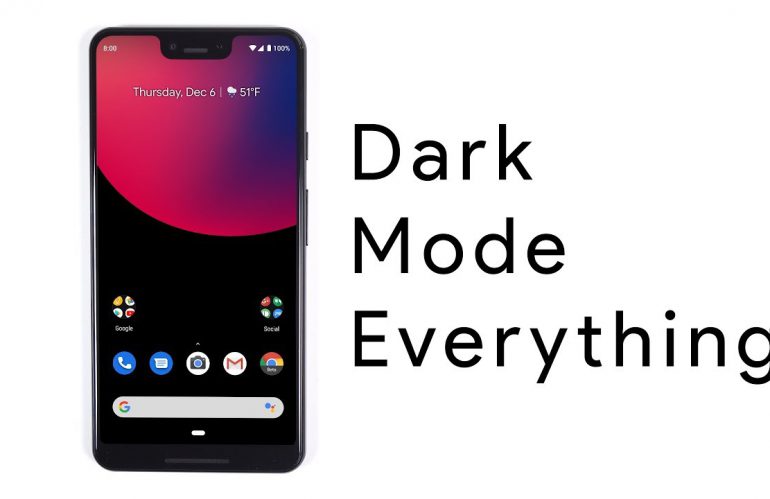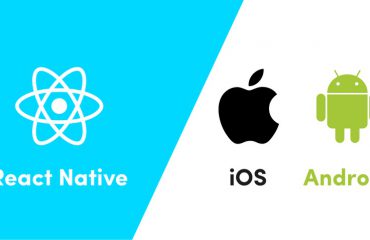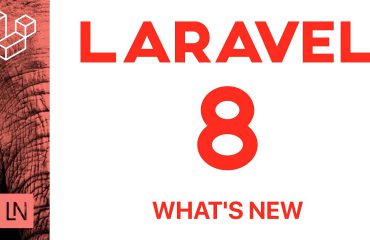The need for dark mode in websites is one of the latest trends in web designing. The full-fledged gain in popularity under this particular requirement is vigorously happening for the past year. Even the majority of the latest updates under software is for the dark mode. Have you ever thought why so much hype is given for the dark mode? We are aware of the fact that an increase in screen time affects our eye health adversely. Well, the dark mode helps to stay more focused on your work and also it improves the battery life of your device.
The dark mode is one of the greatest trends in design. Apple, for instance, has included dark mode to its iOS and macOS working frameworks. Also, world-class brands like WhatsApp, Instagram, Google, and Facebook have as of now bounced on the dark mode design prepared. Let’s get into the dark mode with the setting of websites. We’ll dig into distinctive choices and approaches to actualizing a dark mode design and the specialized contemplations they involve. We’ll moreover touch upon a few plan tips along the way.
Let’s give a glimpse at what these best brands are doing and how you’ll be able to bring dark mode UI into your own designs. The dark mode is a low-light user interface (UI) that employs a farm or dim color – usually dark or a shade of grey – as the primary background color. It’s an inversion of the default white UI that designers have utilized for decades. In reaction to our expanded screen time, designers found that dark theme interfacing helps with eye strain, particularly in low-light or nighttime circumstances. Less eye strain implied fewer headaches and distant better work experience.
That classic dark look went out of style within the 80s in favor of dark content on a white background planned to imitate the see of ink on paper. For about three decades, this was the standard, until dark mode made its way, to begin with, a comeback in Windows Phone 7 in 2010. Once Google confirmed that dim mode spares battery life, they included the highlight of their Android OS in 2018. A year afterward, Apple took after suit with a dark mode on iOS and iPadOS.
Toggling Themes
The ordinary situation is that you just as of now have a light theme for your website, and you’re curious about making a darker version. Or, indeed in case you’re beginning from scratch, you’ll have both subjects: light and dark. One topic ought to be characterized as the default that clients get on the first visit, which is the light subject in most cases (in spite of the fact that we will let the user’s browser make that choice for us, as we’ll see). There also should be a way to switch to the other subject – as within, the client clicks a button, and the color topic changes.
Some of the practices are;
- Using a Body Class
- Using Separate Stylesheets
- Using Custom Properties
- Using Server-Side Scripts
Dark Mode – Operating System Level
We can basically let the user’s operating system do the toggling between light and dark mode for us. For instance, numerous operating systems let users select between light and dim topics straightforwardly within the system settings.
Pure CSS
Luckily, CSS includes a prefers-color-scheme media query which can be utilized to distinguish user’s system color scheme preferences. It can have three conceivable values: no preference, light, and dark. To utilize it, we are able to put the dark theme styles inside the media query. Now, in case a client has empowered dark mode from the system settings, they will get the dull mode styles by default. We don’t need to resort to JavaScript or server-side scripts to choose which mode to utilize. We don’t indeed require the button any longer!
JavaScript
We can turn to JavaScript to distinguish the user’s preferred color scheme. Typically a part like the first strategy we worked with, as it were, we’re utilizing matchMedia() to distinguish the user’s preference. There may be a drawback to utilizing JavaScript: there will likely be a fast streak of the light topic as JavaScript is executed after the CSS. That may well be misjudged as a bug. And, of course, able to swap stylesheets instep as we did within the second method. This time, we connect up both stylesheets and utilize the media inquiry to decide which one is connected.
Browser Support
The prefers-color-scheme media query highlight enjoys support by major browsers, like Chrome 76+, Firefox 67+, Chrome Android 76+, and Safari 12.5+ (13+ on iOS). It doesn’t support IE and Samsung Web Browser.
Overriding OS Settings
Fair since a client leans towards dull mode for their OS doesn’t continuously mean they incline toward it on a website. That’s why giving a method to physically override dark mode, despite the system settings, could be a great thought.
All about the Design Considerations
We’ve frequently heard that implementing dark mode is simpler than planning one. Well, let’s look at a few considerations for planning a dark theme. You as of now know the fundamental task: swap lighter color values for darker ones and vice versa. But there are a few UI components and enhancements that are more nuanced and require more consideration.
- Dark Mode Typography
- Dark Mode Images
- Dark Mode Shadows
- Dark Mode Icons
- Dark Mode Colors
- Dark Mode Color Palettes
When to use Dark Mode
After having a fair discussion on Dark Mode, let’s now check out the various possibilities.
- Highlight your industry
Dark mode UI is additionally valuable to upgrade particular businesses. For example, brands centered on nightlife and excitement are a perfect combination for dark mode since their high-energy substance is regularly matched with a dull foundation in real life.
- Match your brand colors
Think twice almost going dim in case it appears like you have got to alter the brand to fit the aesthetic. Additionally, in case your brand has to use a wide range of colors, consider a lighter UI. The complete color range doesn’t read charmingly on dark backgrounds.
- Generate emotion
Trying to form a certain passionate response? Like a discussion of a puzzle or a small dramatization? Since low-visibility makes interest and amplifies emotional tension, the dark mode may well be the ideal pick for your brand.
- Go minimalist
If your design aesthetic is as of now moderate with restricted content, your conditions are great for dark mode. In a circumstance where content is the essential substance, dark UI can make clarity an issue. Regularly, dark mode increases visual clutter making a cluttered screen indeed more chaotic.
Checklist for Dark mode design
- Don’t go too dark
- Have a proper contrast
- Desaturate your colors
- Use the right “on” colors
- Don’t just reverse
- Get deep
- Test and offer freedom
While the Dark mode design offers beyond the scope of user experience and includes things like timing, budget, and resources, why not include Dark Mode design?





